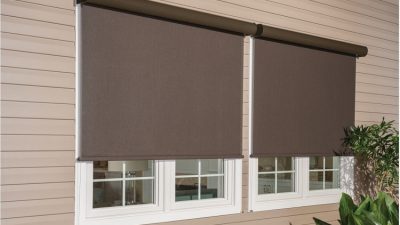While laser still sounds exotic, the use of such in daily life, especially in construction projects, is quite common nowadays. The use of laser for alignment has been fundamental especially in larger constructions projects that required precise measurement. How does laser tools actually work in the real-life environment? We shall find out by the help from the laser tool specialist.
The “laser” used in laser tool is not harmful to a certain extent. While occasion catching in the eyes will not lead to a terminal damage, it is not recommended to stare straight into the laser beam. Using Class 2 laser as regulated in Australia, the strength of laser in laser tools are much lower than that used in medical scenarios.
However, the weaker laser also meant the light from laser tool is not able to fight against sunlight, which made laser receivers necessary for outdoor laser tool usage. Despite the nuisance in using laser tools outdoors, the accuracy has allowed the tool to maintain its status in the construction industry.
Because of the thin beam of light being projected from the laser tools and the distance that it can travel, measurements made by laser are of exceptional accuracy, down to 5mm differences in 200 meters. Because of human errors and other environmental factors, other physical measuring methods cannot compete with laser tools.
However, laser tools are not totally prone to any environmental factors. The “melting tarmac” as often seen in Australian summer is an example of how the accuracy of laser tools can be affected. The convention of air from hot surfaces can deflect light and lead to an inaccurate measurement from the laser tools.
With the influential factors avoided, laser tools are immaculate for construction use cases. The longest tunnel in the world – Gotthard Base Tunnel – is one of the premier examples in using laser for alignment. Spanning over 57 kilometers long, the construction began on both sides of the Alps to meet in the middle under the rocks.
As of most other tunnel works, a smaller tunnel is drilled from both ends to ensure the alignment of the tunnels before finally letting the both sides meet. And the tool perfect for the job is laser. Using a laser beam projector on one side and a receiver on the other, this ensures the alignment of the both ends before they meet.
The Gotthard Base Tunnel is only one of the many tunnels in the world that used laser tools for alignment. But laser tools are also highly incorporated to daily life construction projects. For general surveying uses, rotary laser levels are hugely helpful in measuring the height differences across the construction field. Technologies like gyroscope are also embedded to laser levels nowadays for automatic laser levelling.
Because of the range of light that can be projected from laser tools, home renovation and DIY projects can be aided with simpler and more affordable laser tools as well. Crossline lasers and dot lasers, for example, are helpful to keep two separated shelves on the same level.
As laser tools getting more affordable as time goes by, its extra benefits from traditional bubble levels and rulers are more likely to replace those historic tools with the marketing predicted to grow 4.4% from 2018 to 2025.







Comments